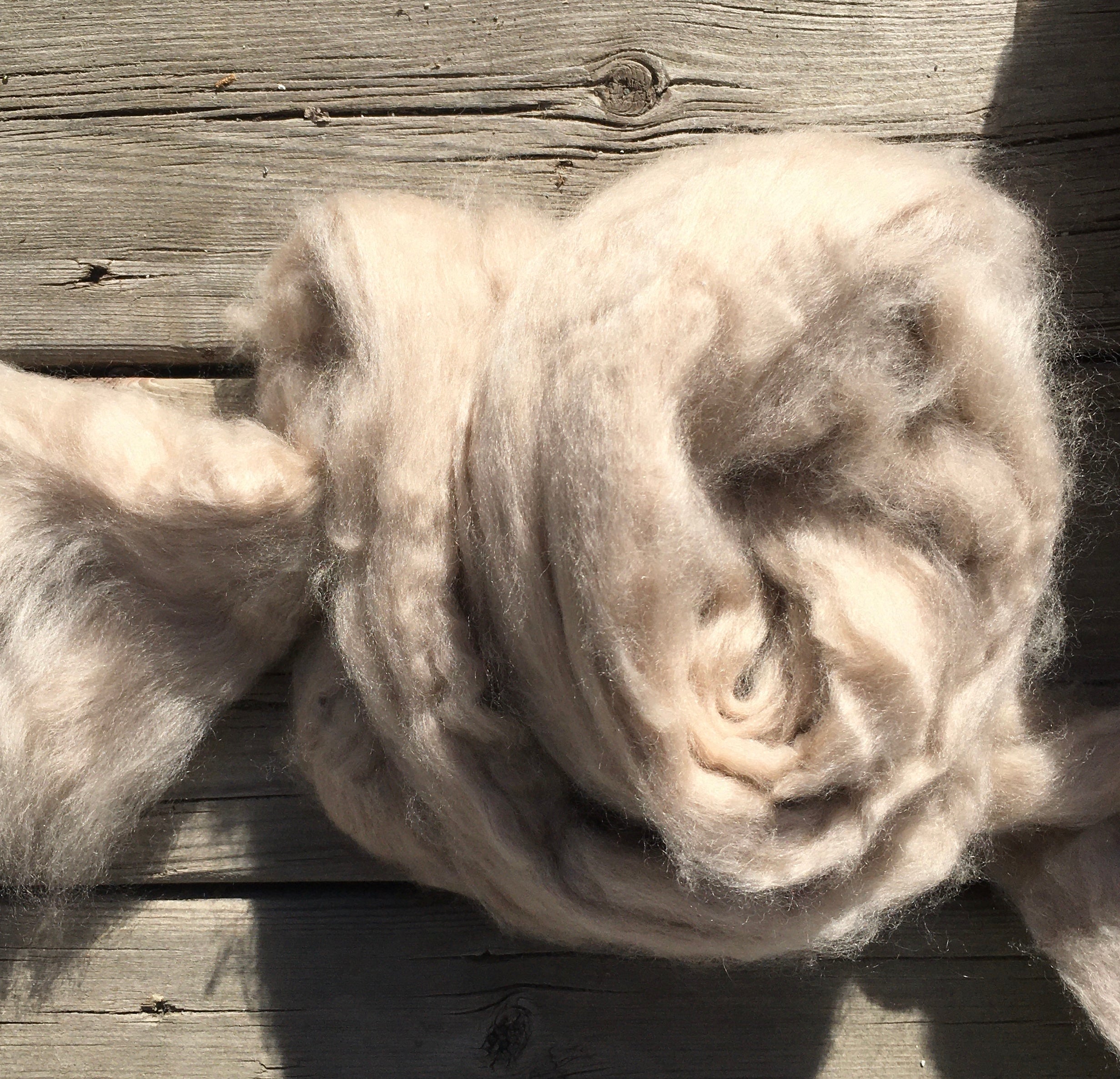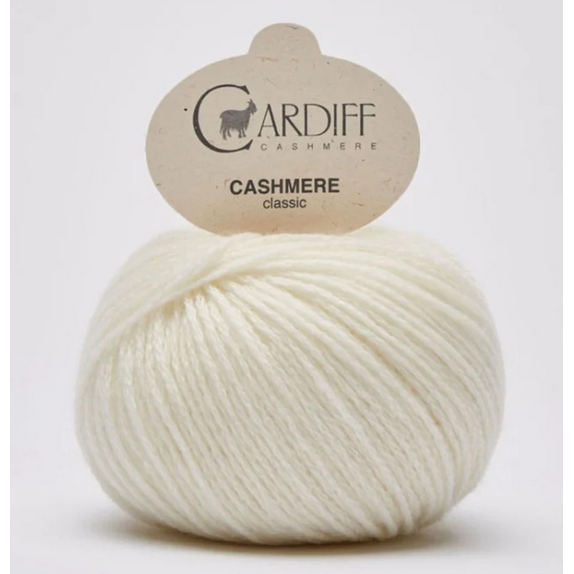Is Cashmere a Natural Fiber? Exploring Its Pure Origins and Uses
Is Cashmere a Natural Fiber? Exploring Its Pure Origins and Uses
Blog Article
Discover the Appeal of Cashmere an All-natural Fiber: Why It's a Must-Have in Your Wardrobe
The attraction of cashmere, a high-end natural fiber, goes beyond plain aesthetic appeals. From reviewing its interesting beginning to understanding its production quality, process, and treatment, it's worth discovering why cashmere holds such an unique place in the globe of fabrics.

The Beginning and History of Cashmere: A Quick Summary
While many may see cashmere as an easy deluxe, its history is steeped in rich cultural custom. Stemming from the Kashmir region in India, cashmere woollen has been generated for thousands of years. The fiber is obtained from the soft undercoat of cashmere goats, harvested during their molting season. As a priceless commodity, it was traded along the Silk Roadway, ending up being very valued in Europe in the 18th century. The name 'cashmere' is an old English derivation of Kashmir. Regardless of its global appeal, most of cashmere production still remains in Asia, specifically China and Mongolia. This historic trip highlights the social significance of cashmere, changing it from a local specialty to a worldwide luxury.
Understanding the One-of-a-kind Qualities of Cashmere Fiber
Cashmere, renowned for its unique qualities, stands out on the planet of textiles. This lavish fiber is extremely soft, offering a relaxing and comfy feel unlike any kind of other. It is dramatically warmer than wool, making it an ideal selection for winter garments. Despite its warmth, cashmere is remarkably light-weight and doesn't add unnecessary bulk. This natural fiber is additionally recognized for its sturdiness. While various other materials might put on down gradually, cashmere retains its quality, making sure resilient wear. Finally, cashmere possesses a distinct visual charm. Its mild gloss and elegance make it a staple in high-end fashion. Recognizing these properties clears up why cashmere is not simply a high-end, however a rewarding financial investment for any closet.

The Process of Producing Cashmere: From Goat to Garment
To appreciate the extravagant residential properties of cashmere completely, one must comprehend its journey from the raw fiber to the finished product. The procedure starts with the cashmere goats, predominantly found in Mongolia, China, and Iran. The soft undercoat of these goats, collected during their all-natural molting season in springtime, supplies the raw product. This delicate fiber is after that very carefully separated from the coarser outer hair in a labor-intensive procedure referred to as dehairing. The pure cashmere is after that colored, spun into thread, and lastly weaved or woven right into the sought after garments. Each step is meticulously carried out to maintain cashmere's significant heat, softness, and durability. This elaborate process causes the production of an absolutely lavish textile.

Decoding the High Quality and Rate: Why Is Cashmere so Expensive?
Cashmere stems from the fine undercoat of the cashmere goat, with each goat creating a simple 150 grams annually. The handling of raw cashmere calls for both time and experience, with the fibers needing to be very carefully arranged, cleaned, and spun. These factors incorporated make cashmere a pricy yet very popular asset in the globe of fashion.
Cashmere in Fashion: The Adaptability and Ageless Charm
In spite of its high price, the classic appeal and convenience of cashmere have strengthened its place in the world of style. The functional nature of cashmere permits for its integration right into both informal and formal attire, representing its wide allure. As patterns come and go, cashmere stays a continuous, its appeal undiminished, proceeding to form the fashion and influence market's click this link landscape.
Caring for Your Cashmere: Maintenance and Preservation Tips
Making sure the durability of cashmere garments needs certain care and attention. These valued ownerships need to not be thrown into the cleaning maker with normal laundry. Instead, hand cleaning with mild, pH-neutral soap in lukewarm water is recommended. After washing, they must not be wrung out. Instead, they ought to be gently pressed in between towels to absorb excess water, then laid flat to dry. Routine brushing with a cashmere comb can avoid pilling. Storing these items in an amazing, completely dry place, preferably in a breathable click to find out more bag, can protect them from moths and humidity (is cashmere a natural fiber). A periodic airing outside, far from direct sunlight, can rejuvenate the fibers. With these maintenance and conservation pointers, one can ensure their cashmere stays luxuriously soft and resilient.
Verdict
Cashmere, with its unmatched gentleness and warmth, provides both high-end and longevity. Its origin from the Kashmir area and thorough production procedure add to its high-end charm and price. Its flexibility in vogue and withstanding charm make it try this a worthy investment for any kind of wardrobe. With correct treatment and conservation, cashmere garments can last for years, supplying an unique blend of comfort, quality, and style. Discover the attraction of cashmere and elevate your style arsenal.

Report this page